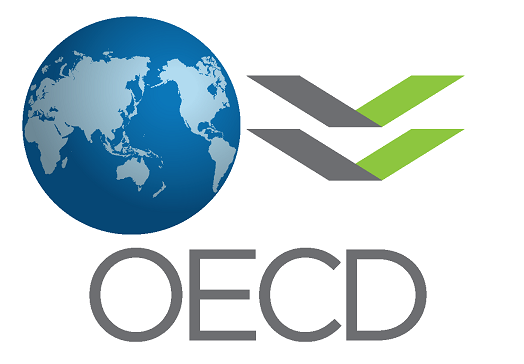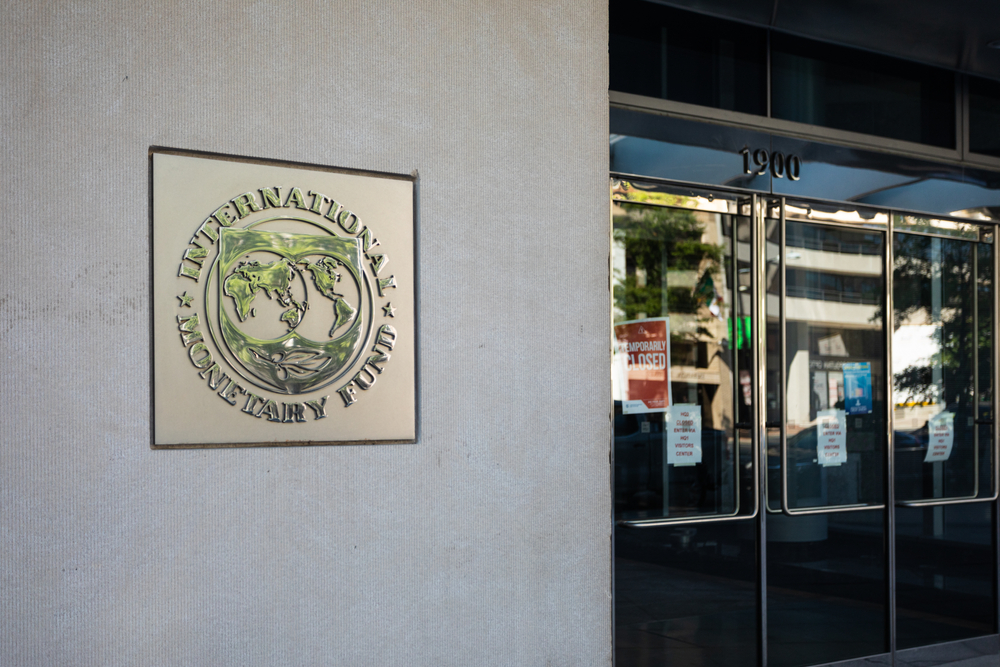OECD: Hungary’s slowing economy growth to remain strong

Hungary’s GDP growth is expected to remain strong white slowing from 3% in 2015 to 2.2% in 2016 due to waning stimulus of consumption and investment, OECD said in a forecast published today.
OECD, therefore, revised its earlier projection in November 2014, when it foresaw 2.1% GDP growth for 2015 and 1.7% growth for 2016. Hungarian government debt-to-GDP ratio could be 76.7% in 2015, decreasing to 76.1% in 2016. Government deficit is projected at 2.8% in both years.
Economic research institute GKI yesterday raised its projection for Hungary’s GDP growth this year from 2% to 2.5% based on strong first-quarter growth and an improved outlook.
Data by OECD suggest that exports, rising 5.7% both this year and the next, will remain the most dynamic demand component, and the 4.8% current account surplus will widen further to 5.1%.
OECD expects unemployment to decline slightly from 6.9% to 6.2%, while private consumption growth slows from 2.4% this year to 2% next year.
As the effects of cheaper energy wane, the OECD expects inflation to gradually converge with the 3% target, reaching 2.7% in 2016.
The OECD suggests that after a marked deterioration of the structural fiscal deficit in 2014, the authorities should return to a process of improving their underlying budget position to sustainably reduce debt and expand the fiscal maneuver room.
OECD added that by next year there will be little economic slack left, which may require the central bank to raise policy rates to contain inflation pressures. Pro-competitive structural reforms in product markets are the key to stronger and more inclusive growth.
The OECD believes further lowering of labor tax wedges would boost employment. Measures to improve the business environment for banks and foster a clean-up of their portfolios should be fully implemented.
Investment in mainly non-tradable sectors, such as energy and retail, remains hampered by restrictive and frequently changing regulations, while the growing specialization of manufacturing in the automobile sector is now strengthening growth, but could increase output volatility, OECD said.
Forint depreciation has become a smaller downside risk than in the past, due to a decline in foreign-currency indebtedness and to the weakness of the euro, OECD added.
SUPPORT THE BUDAPEST BUSINESS JOURNAL
Producing journalism that is worthy of the name is a costly business. For 27 years, the publishers, editors and reporters of the Budapest Business Journal have striven to bring you business news that works, information that you can trust, that is factual, accurate and presented without fear or favor.
Newspaper organizations across the globe have struggled to find a business model that allows them to continue to excel, without compromising their ability to perform. Most recently, some have experimented with the idea of involving their most important stakeholders, their readers.
We would like to offer that same opportunity to our readers. We would like to invite you to help us deliver the quality business journalism you require. Hit our Support the BBJ button and you can choose the how much and how often you send us your contributions.








